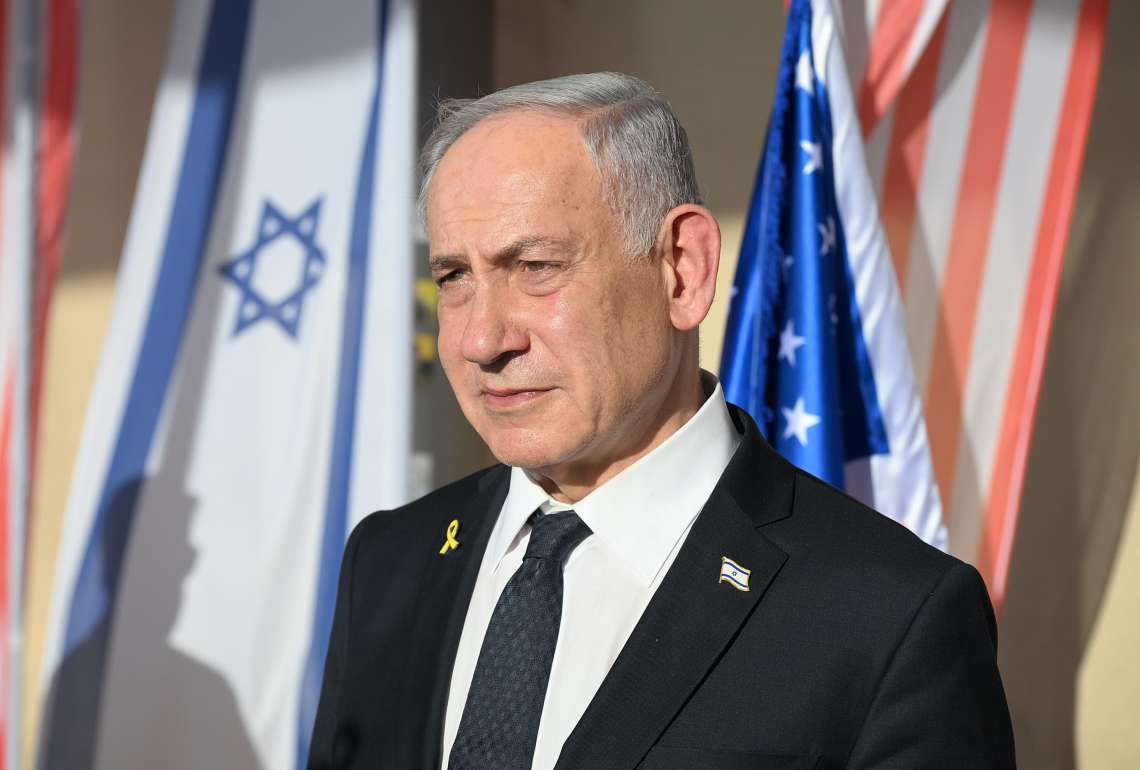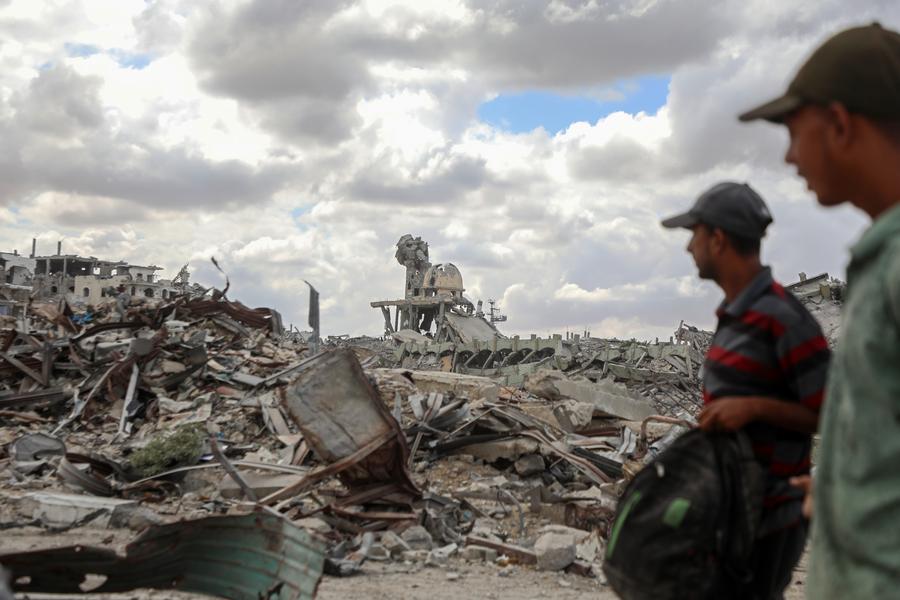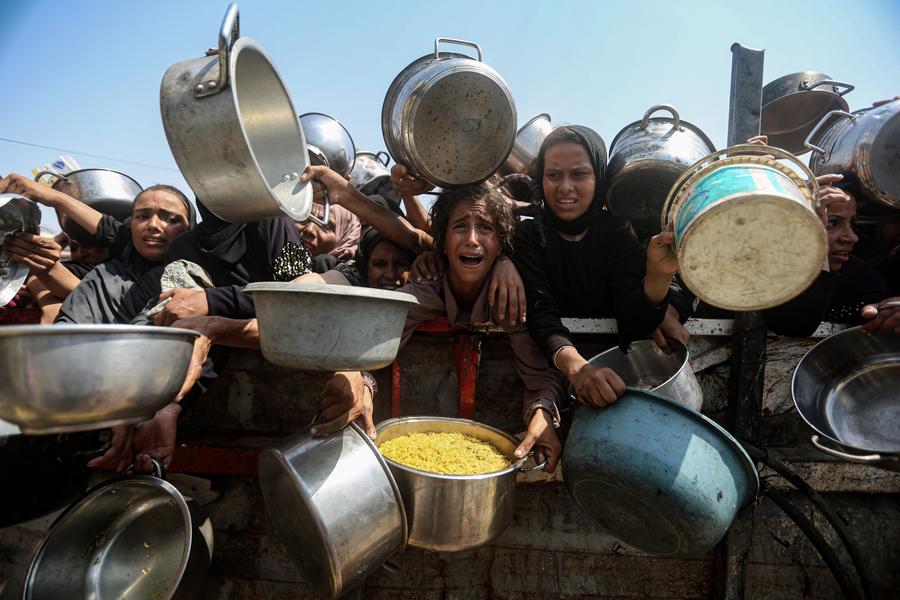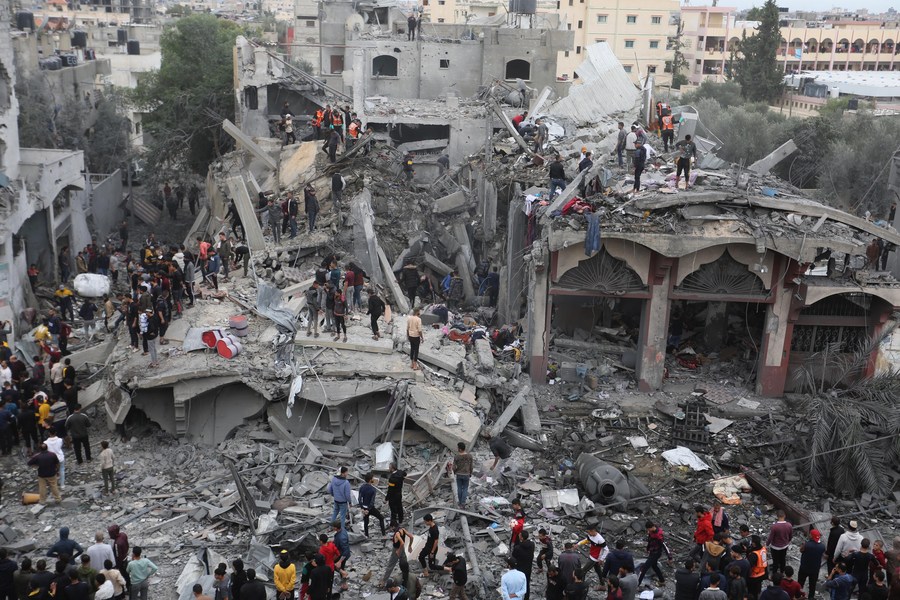Kalinga Institute of Social Sciences, (KISS), located in Bhubaneswar, Odisha, India, has led to the reduction of the levels of Maoist related violence systemically by spreading the message of aspiration through education … A Special Report by Asian Lite Newsdesk

India, the symbol of peace and tolerance, has suffered myriad strands of violence both before and after Independence. Most of the post-independence violence and extremism within the democratic fabric stems from inequalities and the struggle against poverty. India’s richest one percent now holds a huge 58% of the country’s total wealth (OXFAM 2017).
30% of India’s population lives below the poverty line at 224 million, according to the World Bank report (2016), of which 70% live in the rural and alienated pockets. The poverty trap, lack of modernization, natural calamities, superstition, displacement and consequent lack of education further accentuates the continuation of the extremist elements and violence that seek to fight unequal structures. One such critical element that India has been encountering is Left Wing Extremism (LWE).
These communist revolutions that started post-independence, with its first armed uprising in Naxalbari village in 1970’s and renewed with liberalization in 1990’s have not faded totally despite Government’s proactive approach to eradicating it. It is less visible in the urban areas, but in many pockets of the country especially the remote areas in the heartland states of the country, the movement is still a force to reckon with. It is only kept in check by a large security presence.

Naxalism with Quality Education
The Maoist control called the “Red Corridor” – spreads across the states of Chhattisgarh, West Bengal, Odisha, Jharkhand, Bihar, Uttar Pradesh, Northern fringes of Tamil Nadu and Andhra Pradesh covering 106 districts across India. Bastar, Dantewada, Sukma , Koraput, Malkangiri, West Midnapore are the worst affected districts in terms of the fatalities. More than 20,000 people, the vast majority of them civilians, have been killed since 1980.
The total of Maoist cadres across the country varies from 10,000 to 15,000, even as high as 25000 (Al Jazeera, 26 April 2017). The Maoists recruit from among the poor indigenous youth enticing them for a better life, money and way out of poverty and suffering due to underdevelopment and displacement. Under the veneer of protection of tribal rights, they get the cadres as a tip-off. The Maoists are deeply embedded in the villages where the Government finds it difficult to address the needs of the indigenous communities. Lack of education, inadequate development and absence of the impact of the Indian welfare state make the innocent tribal people fall into the traps.

Naxalism with Quality Education
Central and State governments, administration and Security establishment needs to recognize that the movement cannot be approached from a purely law and order point of view. Education is the best way to attack poverty, which is the main cause of continued impetus to the moment. Such needs of comprehensive development of the youth are the way ahead as tested, practiced and verified in Kalinga Institute of Social Sciences, (KISS), located in Bhubaneswar, Odisha, India. It has led to the reduction of the levels of Maoist related violence systemically by spreading the message of aspiration through education.
KISS is home to 30000 tribal children who get holistic education from Kindergarten to Post graduation absolutely free and strong alumni of about 20000 students. This world’s largest Tribal Educational Institution is based on the model of comprehensive development of its students to fight the quagmire of poverty and usher in a change in the communities. Most of the students of KISS come from the worst Maoist affected areas in Odisha and the neighboring states. More than 1000 students of KISS have firsthand experience of the LWE with their father or a close relative/s into the cadres.
10350 students in KISS directly come from the LWE affected districts of Odisha, besides another 500 from Bihar, Jharkhand and Chhattisgarh. These students get a new lease of life, weaned away from such ideological battles to usher positive change in the community. Such a large number of students, both boys and girls excel in their areas of interest with the support from KISS. They end up getting a job in hand. The alumni of KISS have been in most respectable and coveted professions today. They have made a mark in the field of academics as well as sports, rising to the level of Olympics. The students who now endorse the importance of education were once the potential mass for recruitment into the LWE cadres.
KISS provides technical support to 500 Government Residential Schools in Odisha to impart Life Skills-based training. There are over 100 District Resource persons, 500 Headmasters, 1500 Government teachers trained under this programme. Thus, KISS reaches the unreached; covering 75 villages in 20 districts of Odisha and imparting Life Skills Education to over 1 lakh adolescent boys and girls. Thus, at a macro level, it addresses the challenge from the cognitive viewpoint. Projects like ‘New Mind, New Dream’ and ‘Go Back to the Village’ are the mechanism by which 2000 staff and students of KISS, during the summer vacation, enable change through plantation, literacy and Life Skills Drive.
KISS tries to address the problem at the grassroots. It has been promoting the message of peace and development for the last 25 years through the tool of education. Children do not get alienated from their culture and heritage. The then Minister of Home Affairs has appreciated the model as the best way to deal with the problem. The Vice President of India, on his visit to the institute, reiterated the same opinion. KISS, today is the face of the Rising India providing example of conquering all forms of violence through education.












